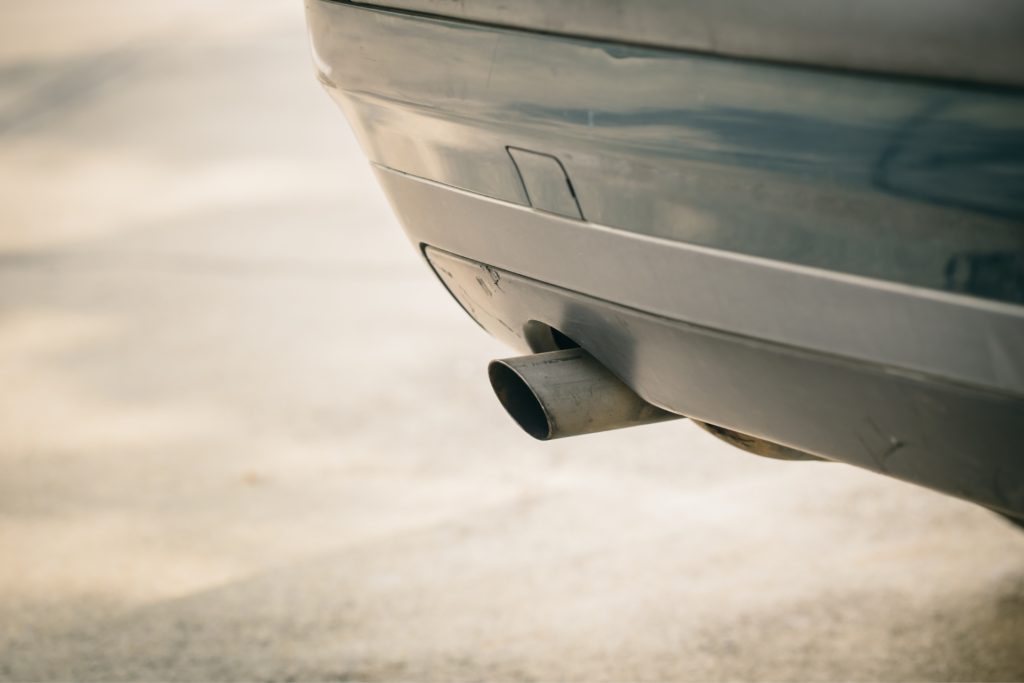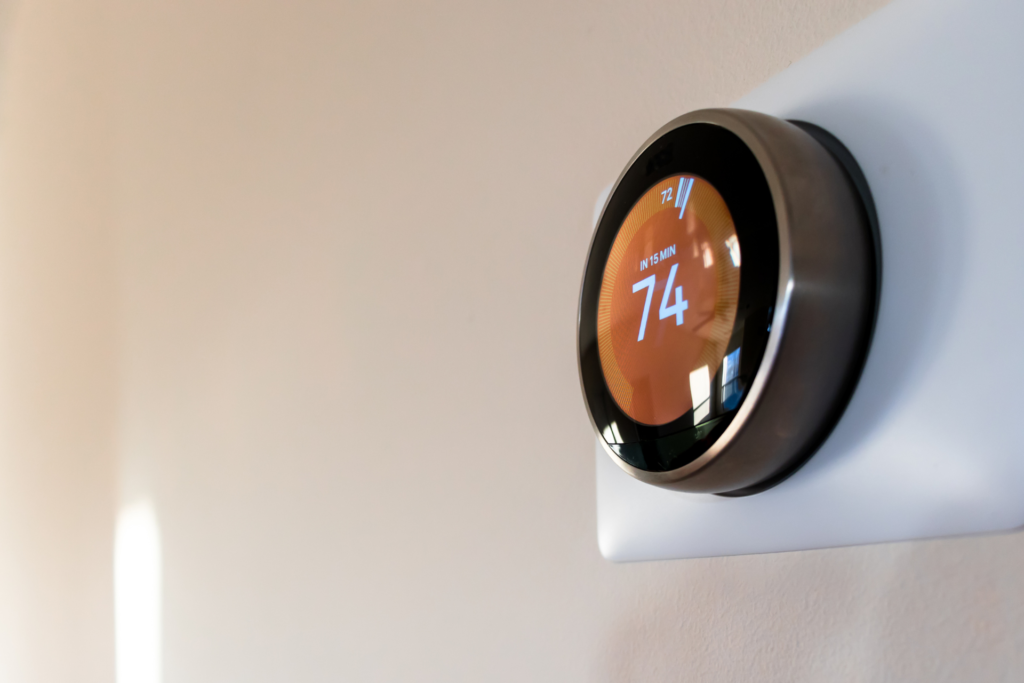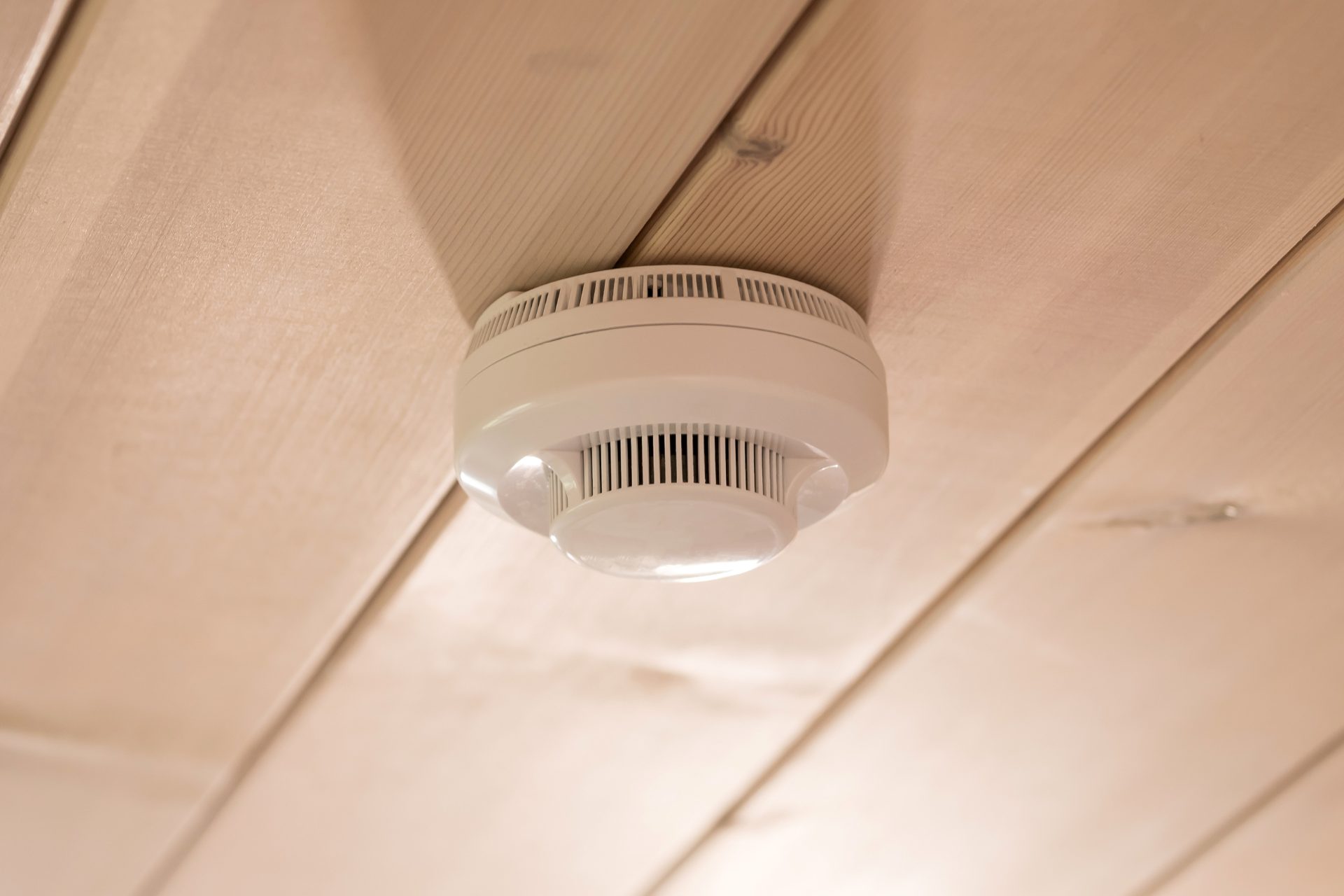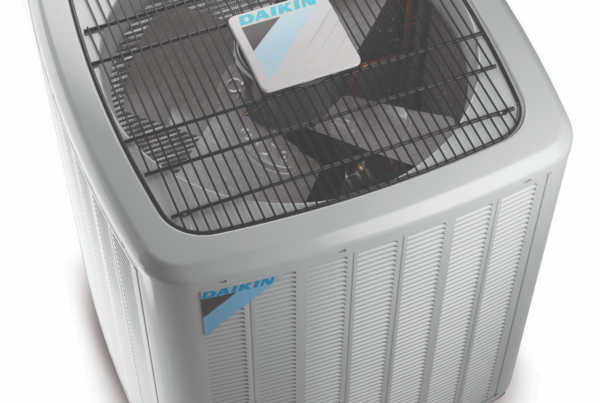Carbon Monoxide Safety & Security: AC and More!

Everyone knows how dangerous carbon monoxide can be. Are you properly protecting your home? From annual inspections to carbon monoxide detectors, every step is key to preventing a carbon monoxide problem.
If you’re a Florida homeowner, you may be wondering: can your air conditioning release CO? We’ll be addressing this and much more in today’s blog!
What is Carbon Monoxide?
Carbon monoxide is an odorless and colorless gas produced by burning combustible fossil fuels. This deadly gas is a silent killer because it is an invisible, odorless gas, and a CO leak can cause hazardous illnesses or even death.
However, carbon monoxide gas is something that you can easily protect yourself and your family from with a few simple precautions.
Can Air Conditioners Produce Carbon Monoxide?

Air conditioners are a common household appliance, and many people assume that they produce carbon monoxide. However, we have good news for you. Your air conditioner is powered by electricity, so it doesn’t burn fuel – meaning it can’t release CO. Carbon monoxide can only be produced by fuel-burning appliances and gas tools like grills and space heaters.
However, your HVAC system can cause issues if it isn’t working properly. A leaking or poorly-installed ventilation system can cause carbon monoxide to be dispersed through your home when it is pulled into the ducts.
Keep your family safe with an annual inspection of your cooling system from an HVAC professional. You can also request service on your AC unit if you think you have a leak.
Carbon Monoxide Leaks in Your Home

If you think you have a carbon monoxide leak in your home, call 911 and get to a safe location to wait for the fire department!
While AC units don’t produce CO, there are plenty of other ways for it to be produced in your home. As we’ve said, carbon monoxide is created as a by-product of any kind of appliance, heating system, or vehicle that burns fuel. When you use a space heater or barbecue, it’s more than just a fire hazard!
The Center for Disease Control estimates that over 20,000 people go to the hospital each year due to this poisonous gas. Recognizing the symptoms of carbon monoxide poisoning can keep you safe! Symptoms can include:
- Nausea
- Headaches
- Memory Loss
- Dizziness
- Chest Pain
Protecting Your Home: Safety Tips

Understanding the leading causes of CO poisoning and how to prevent them is one of the biggest steps in protecting your space. Let’s check it out!
CO Detectors
Install a carbon monoxide detector in each area of your house to catch problems before they become hazards! Like smoke detectors, we recommend putting a CO detector on every floor of the home and in bedrooms. Replace the batteries in your detectors every 6 months to ensure they are working fine year-round.
Indoor Tools & Equipment

Leaving your car running in the garage is an easy way to let CO into your home, even if the garage door is open. The same is true for appliances that use coal, oil, or other fuels. Even in well-ventilated areas, the danger is high if you use a barbecue, grill, or generator inside. ALWAYS take equipment and appliances outdoors, and use indoor heating devices with great care.
Proper Maintenance
Heating systems, water heaters, and other fuel-burning devices need regular maintenance to prevent leaks. Have your heating units (if you have a furnace) serviced for the winter months. Have a plumber inspect your water heater every year. If a leak is left untreated, it can lead to a build-up!
Worried about your indoor air quality, heating and air system, air ducts, or furnace? Call Cool Rays AC for a professional inspection, repair, or replacement. Protect your home with Brevard’s best!




